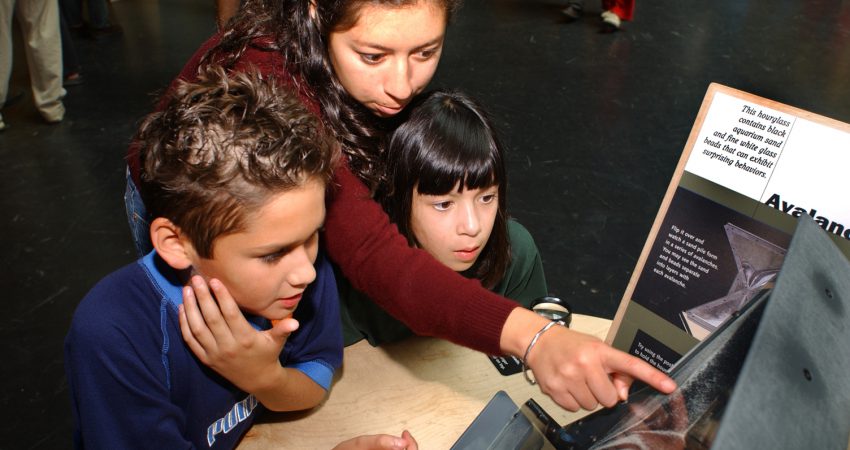
By Suzanne Perin - August 2011
PAPER CITATION
Davidson, S. K., Passmore, C., & Anderson, D. (2009). Learning on zoo field trips: The interaction of the agendas and practices of students, teachers, and zoo educators. Science Education, 94, 122–141.
This study outlines the learning goals, expectations, and perceived outcomes of a zoo field trip from the perspective of students, classroom teachers, and informal educators. They find, among other things, that that students most highly valued the social aspects of the field trip – opportunities to be with their friends and to discuss the field trip events with their friends. They also find that informal educators did not quite understand the needs or interests of the students and therefore missed opportunities to engage students with the science in the zoo. The authors close with several recommendations for planning class visits to museums, zoos, and other informal science institutions.
In this paper two case studies are described from two Year 7 (11–12-year-olds) classes from two schools visiting two different zoos in New Zealand. Surveys, interviews, and observations were utilized to determine the areas of match and mismatch between each of the stakeholder groups’ expectations, goals, beliefs about what was learned, and how the students benefited from the trip.
Being with friends was rated as the most important aspect of the trips for the students. From the bus ride to spending time with their friends during the trip, the social aspect was highly valued. In one of the classes profiled in the case study, sharing information with each other was a primary means of learning for the children as it was observed that students talked to each other about the animals.
The authors suggest that classroom teachers have an important role in shaping what their students do, how they view the trip, what they value and focus on, what they see as the purpose, and what they remember about it. Student goals were aligned with their teacher’s expectations, which was illustrated in one of the cases: the teacher’s purpose for the trip was enjoyment and the students found stand-alone facts funny or interesting during the trip, but they could not recall those facts 3 months later.
Student learning did not seem to be influenced by the zoo educators, as the students said listening to adults talk was “boring,” and the educator’s use of stuffed animals was not as interesting for them as showing live animals. The authors claim that what the zoo educators assumed students would find interesting or engaging were often not appreciated by the students. For example, in one class, a zoo educator/docent talked for 20 minutes in front of a white rhino enclosure while the animals just “stood around,” but only spent 5 minutes with chimpanzees who came close to the viewing glass. In later interviews, it was observed that students had stronger memory of the chimps than the rhinos (p. 136).
The researcher’s implications for field trip planning for ISE educators and school teachers are intuitive and commonly recognized (as they acknowledge) but are supported by this study (p. 138):
- Classroom teachers are the primary determiners for the learning potential of a field trip. Teachers’ desired learning outcomes must be reflected in the amount of time they devote to related lessons. Pre- and post-visit classroom learning activities and making connections clear between school and the informal site are important.
- Classroom teachers need to have clear, explicit learning goals that are tied to classroom-learning activities.
- ISE educators should work closely with classroom teachers to ensure clear goals, know how the visit fits in with classroom activities, and learn what students want and expect from the trip.
- Students’ desire for social interaction should be harnessed to enhance engagement in learning activities, perhaps by encouraging groups of friends to discuss what they saw, learned, and enjoyed.
- Student choice and control could help engage and motivate learning.




